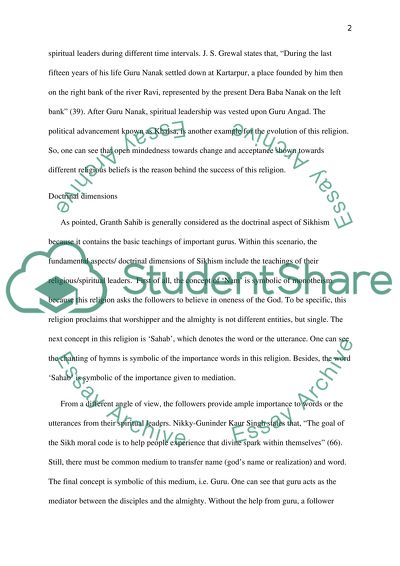Cite this document
(“Sikhism Research Paper Example | Topics and Well Written Essays - 1250 words”, n.d.)
Retrieved from https://studentshare.org/religion-and-theology/1639859-sikhism
Retrieved from https://studentshare.org/religion-and-theology/1639859-sikhism
(Sikhism Research Paper Example | Topics and Well Written Essays - 1250 Words)
https://studentshare.org/religion-and-theology/1639859-sikhism.
https://studentshare.org/religion-and-theology/1639859-sikhism.
“Sikhism Research Paper Example | Topics and Well Written Essays - 1250 Words”, n.d. https://studentshare.org/religion-and-theology/1639859-sikhism.


